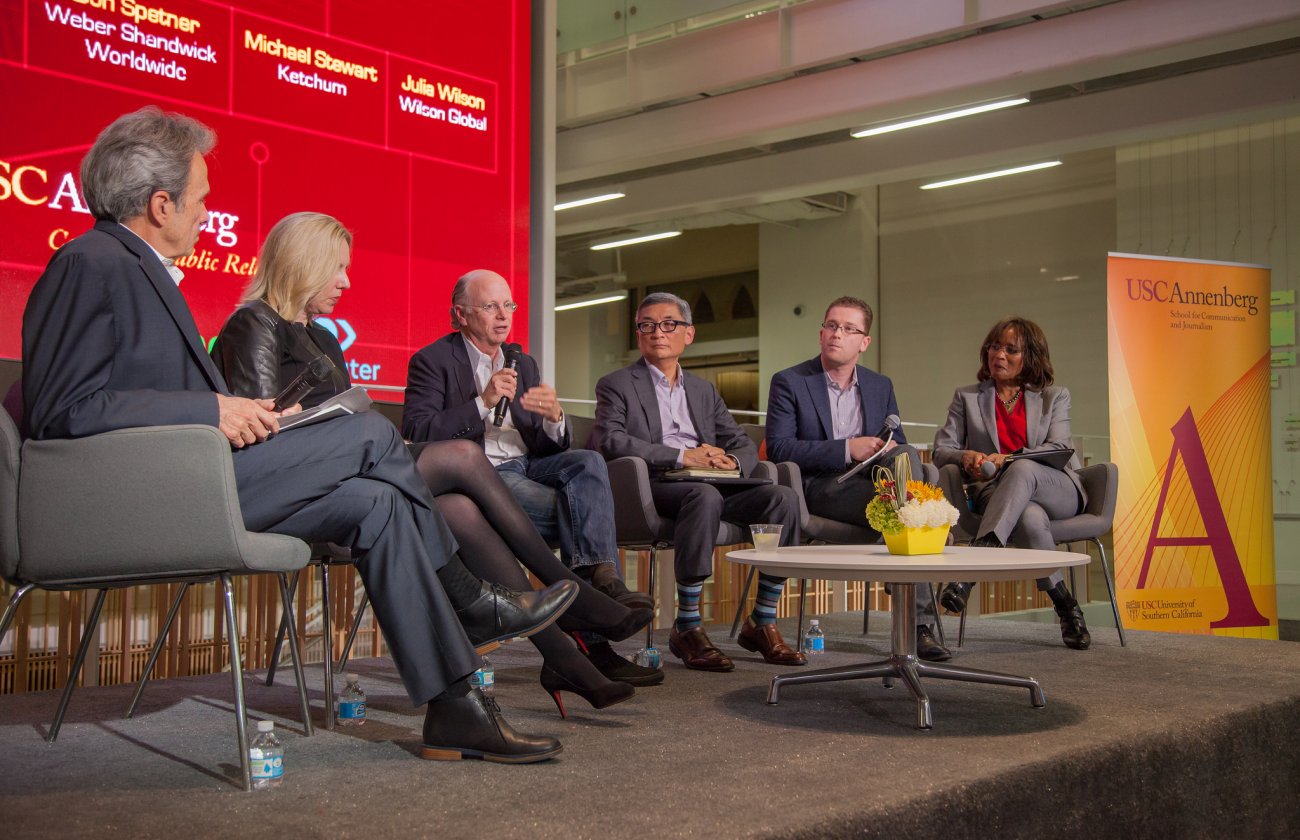As of the 2012 general election, at least 81 women claim seats in the U.S. House of Representatives. That’s 40 times more than the number of female Representatives depicted in popular films over the last five years.
Females in prime-time series also face inequity on screen – across eight industries, men are still promoted over women on prime-time television and in movies, according to a study led by communication professor Stacy L. Smith and funded by The Geena Davis Institute on Gender in Media. The report will be presented Nov. 13 at the Geena Davis Institute’s Third Symposium on Gender in Media.
The report found that females account for only 34.4 percent of the employees depicted in prime-time, 20.3 percent of those shown in popular films and 25.3 percent of those portrayed in children’s shows. Almost no females are shown at work in engineering or mathematical occupations; more women are depicted working in the life and physical sciences in prime-time television and popular films. Across all three media, male characters appear in science, technology, engineering and math jobs more than 4.5 times as often as females.
“We know from research that media characters can serve as aspirational role models for developing youth,” said Smith, the associate professor at USC Annenberg who was the principal investigator for the research. “Kids would have to watch a lot of traditional media content to find a Sheryl Sandberg, Condoleezza Rice, or Sandra Day O’Connor.”
The study analyzed 11,927 speaking characters across 129 popular family films, 275 prime-time programs on 10 channels and 36 episodes of children’s television series. The researchers examined prevalence, hypersexualization and employment patterns for speaking characters.
Other trends show that females are still highly sexualized in comparison to males, and are often shown in stereotypical roles as mothers or relational partners, particularly in family films and kids’ shows.
The lowest ratio of male to female characters occurs in prime-time programming, where viewers still see 1.57 males to every 1 female.
“Prime-time reality shows and news magazines are the most gender balanced of all genres," said Marc Choueiti, a co-investigator on the study. "When TV shows approximate real life, gender parity on screen can be both popular with viewers and profitable for networks.”
The trends Dr. Smith and her team uncovered suggest that females in popular media — when they appear at all — are still shown in a highly stereotypical light. Across prime-time series and family films, females are hypersexualized more than males, notably women between age 21 and 39. Finally, although they represent almost half of the U.S. workforce, females are underrepresented as employees, especially as leaders and decision-makers across all three media.









